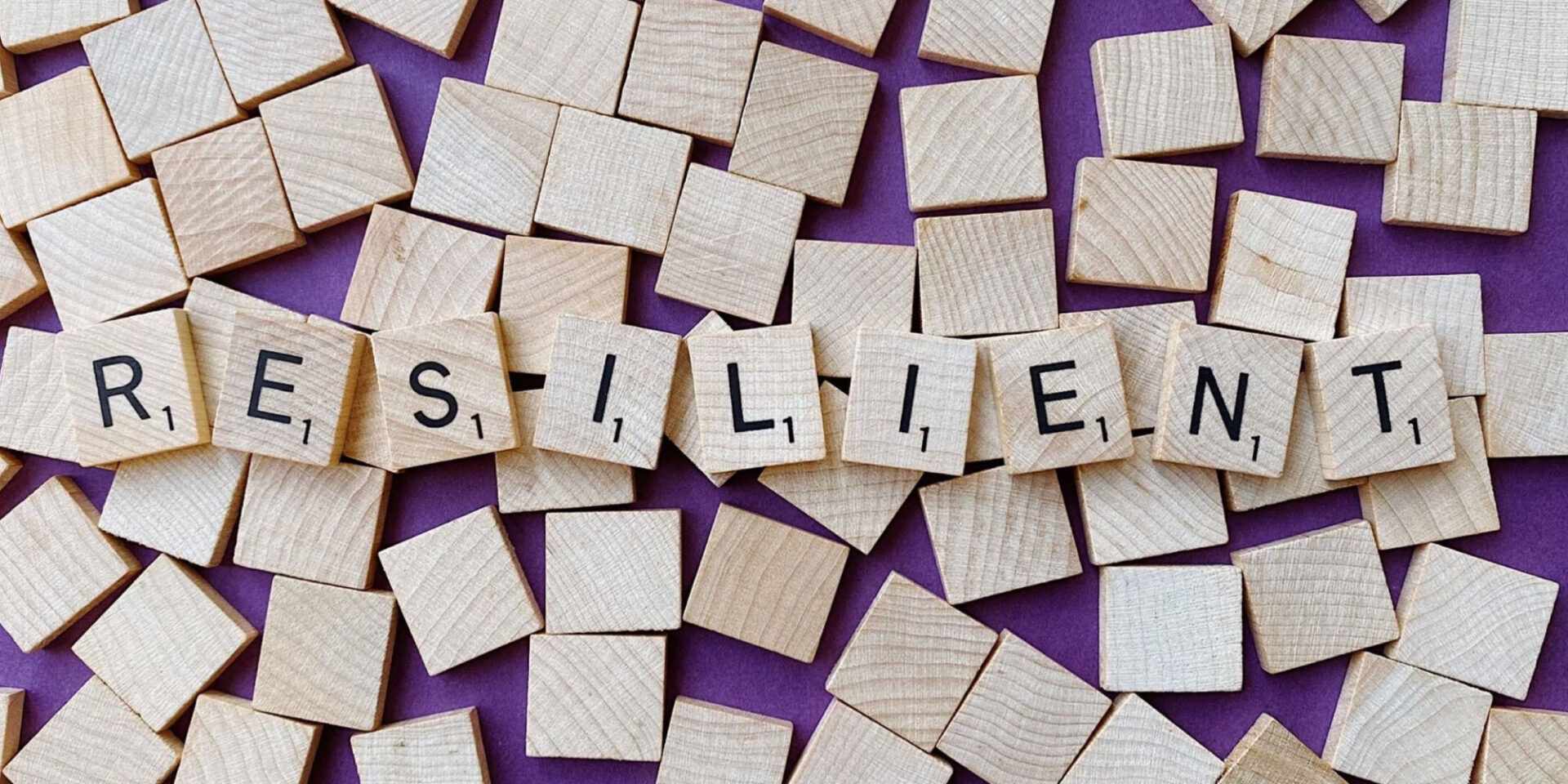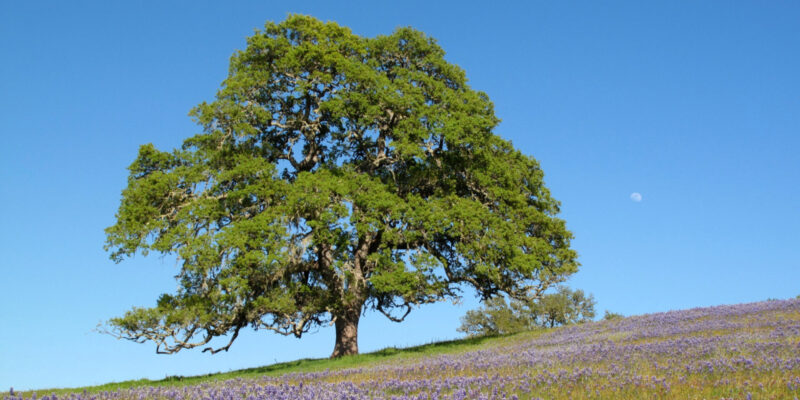With many of us working from home, home schooling children, caring for family members and other life situations it’s no wonder so many of us are feeling tired, irritable, stressed, and uncertain. The uncertainty and change that the pandemic has created in our lives has been huge and is likely to have repercussions into the future and shouldn’t be underestimated. It’s unsettling for us as parents and caregivers and therefore its unsettling for our children, as their daily lives have been impacted in so many ways too.
Reflecting on this though, we are coping, we are somehow getting through this. We are surviving. Life goes on, and we learn to adapt and to accept the new normal.
How have we done this and how can we continue to draw on our strengths to continue to tackle new challenges that will come our way? How can we show our kids how to do this too?
The answer is resilience.

Resilience is the capacity to recover quickly from difficulties. Resilience is the ability to go through adversity in such a way that you come out the other side strengthened and better off for the experience.
“Resilience is the ability to spring back into shape”.
Just like a rubber band, we have been stretched. It takes serious courage but it’s this exact quality that allows someone to rebound quickly from hardship, misfortune or trauma with insight and growth.
What features of the rubber band, give it that elasticity? What features help people to cope in times such as these, to keep going and to adapt, and show that elasticity and flexibility of thought?
We can start by recognising what we do have in our life, the people in our lives, the environment in which we live and what we do with our time.
Recognising:
- Who am I?
- What do I have?
- What can I do?
- Express Gratitude for what we have! List daily 3 things you are most grateful for!
- Doing what we can from where we are at! Exercise, connecting with others, mindfulness (breathing and meditation).
Connecting with family and friends is vital.
That connection may look and feel different now. More screen time and phone chats. Our social interactions may have reduced but the ones we do have may be more fulfilling. The interactions we have with our kids, keeping things playful and checking in to see how they are, can build strong bonds within families and strengthen their confidence and self-worth. You can “zoom”, write letters, send postcards, email funny jokes, send a funny meme, recreate a ‘tik tok’ dance video, drop off a food parcel or flowers to someone’s’ door.” Make a “spoonville”, “pom pom bomb” or a street library and let your neighbours know.

Gratitude – research has found that having an active gratitude practice cultivates joy within our lives. In a time as challenging as the present, the joy that comes from identifying what we are grateful for is so important. A gratitude practice may be as simple as keeping a gratitude journal, identifying three things you are grateful for before falling asleep at night, talking about gratitude at the dinner table with your family or saying out loud something you are grateful for in your life.
Doing something for others where you can, big or small, can have a real impact in helping us to feel better. Random acts of kindness are a great way to build resilience and happiness and joy. Your small act may even be something they are grateful for, further adding to their joy.
Other ways of connecting may include:
- Asking for help, teaching our kids how to ask for help.
- Talking with people about how you feel.
- Acknowledging and demonstrating our emotions.
Having hopeful and positive thoughts, not always letting the dark thoughts in. Headspace has a lovely YouTube clip designed for children to help them visually shift thought patterns to be more positive.
We can build resilience in our children, nieces, nephews and grandchildren by demonstrating resilience in ourselves. We can model this behaviour for our children. We can live out loud and express our concerns and worries but then counter that with the positives in our lives. We can show our children they can push away the dark thoughts and make way for the blue-sky thoughts.
This is not to say that we should put on a brave face and just carry on. Showing our children vulnerability and expressing our concerns and worries in an age-appropriate way can show our kids they can feel safe to express their concerns too.
I like to think of it like a building in Japan. They need to be able to withstand the forces of earthquakes and Typhoons. If we try to be too strong, we are likely to reach a breaking point and crash. But if we build in some flexibility and allow ourselves to wobble, then we have a greater chance of withstanding strong forces.
Key takeaways:
- Teach resilience by modelling resilience.
- Looking after yourself is important to be able to look after others.
- Moving our bodies makes us feel better. Just 30mins a day can be a real game changer.
- Having a routine reduces the cognitive load and reduces fatigue.
- Be silly, be playful as playfulness is good for parents and caregivers too.
- Connection with others – family, friends, neighbours, find creative ways to check in with those you care about and those who are in your local community.
- Daily gratitude practice.
- Mindfulness practice.
- Nature walks (5,4,3,2,1 exercise).
- Relaxation strategies for children could include, listening to music or a guided meditation, having a hot bath, patting your pet cat or dog, drinking a cup of warm hot chocolate or cup of herbal tea, gentle massage, reading a book, blowing bubbles, painting, drawing, craft etc.
Hopefully, you have found some tips and strategies in this blog that can help you and your children to build resilience in this current climate. Remember through our greatest struggles, adversity and tragedies, comes inner resilience and strength. If we are to face uncertain and unpredictable, catastrophic times ahead, we may then be able to draw upon what we learnt in the here and now to allow us to conquer the next challenge or obstacle in our way.
“The strongest oak of the forest is not the one that is protected from the storm and hidden from the sun. It’s the one that stands in the open where it is compelled to struggle for its existence against the winds and rains and the scorching sun” Napolean Hill
Editors side note:
COVID 19 Life Lessons
- Family and friends should be nurtured and these connections are important regardless of the circumstances
- Enjoy life it truly is a gift
- Stillness and solitude can bring peace and strength
- Value all that is great in your life
- Love as hard as you can, as love does conquer pain and suffering
- Live in the moment
- Say no to anything or anyone that is not good for you
- Set your intention each day in a positive way
- Love yourself, forgive yourself and live your best life!!!!!!!
